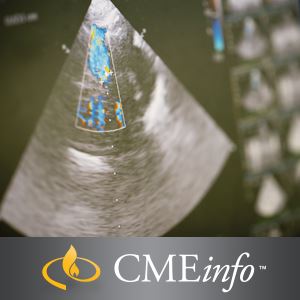Product Overview & Details for EP SAP 2024 – Electrophysiology Self-assessment Program (ACC) (Videos + Audios + PDF + Quiz)
MP4 + MP3 + PDF files
EP SAP covers the entire field of clinical cardiac electrophysiology, and is a great resource for:
- Perfecting Your Knowledge of Electrophysiology: Use EP SAP to identify your knowledge gaps, reinforce your existing knowledge, and learn new information.
- Earning CME/MOC Credit: EP SAP offers 90+ CME credits and medical knowledge MOC points.
- Meeting Your MOC Assessment Option: EP SAP now offers the Collaborative Maintenance Pathway (CMP), an alternative option for cardiologists wishing to meet their MOC assessment requirement. The CMP integrates lifelong learning with assessment and is the shortest path between learning and maintaining your credentials. Learn more about the CMP.
- Passing the Boards: Use EP SAP to prepare for the Boards – learn about the ABIM blueprint, simulate taking a Board exam, practice with hundreds of ABIM-style questions that include rationale, references, and links to related text, learn from educational text and lectures, and identify your knowledge gaps so you can plan additional study.
Learner Objectives
Upon completion of this activity, learners should be able to:
- Identify knowledge gaps and target study to fill those gaps in preparation for the ABIM Certification/Maintenance of Certification Exam in Clinical Cardiac Electrophysiology.
- Review and discuss one or more of the following to optimize the quality and provision of clinical care pertinent to the practice of clinical cardiac electrophysiology:
- Clinical and practice guidelines, recommendations and protocols
- Emerging research information and application to practice
- Quality and/or cost of care issues
- Multispecialty and multidisciplinary collaboration and communication
- Patient safety strategies
- Performance improvement
- Cultural competency
EP SAP Table of Contents
- Basic Physiology, Anatomy, Pharmacology, and Genetics
- Core Concepts of Clinical Arrhythmias
- Bradycardias and Conduction Disorders
- Atrial Arrhythmias
- Supraventricular Tachycardias
- Ventricular Arrhythmias
- Cardiac Implantable Electronic Devices
- Clinical Scenarios and Syndromes

















